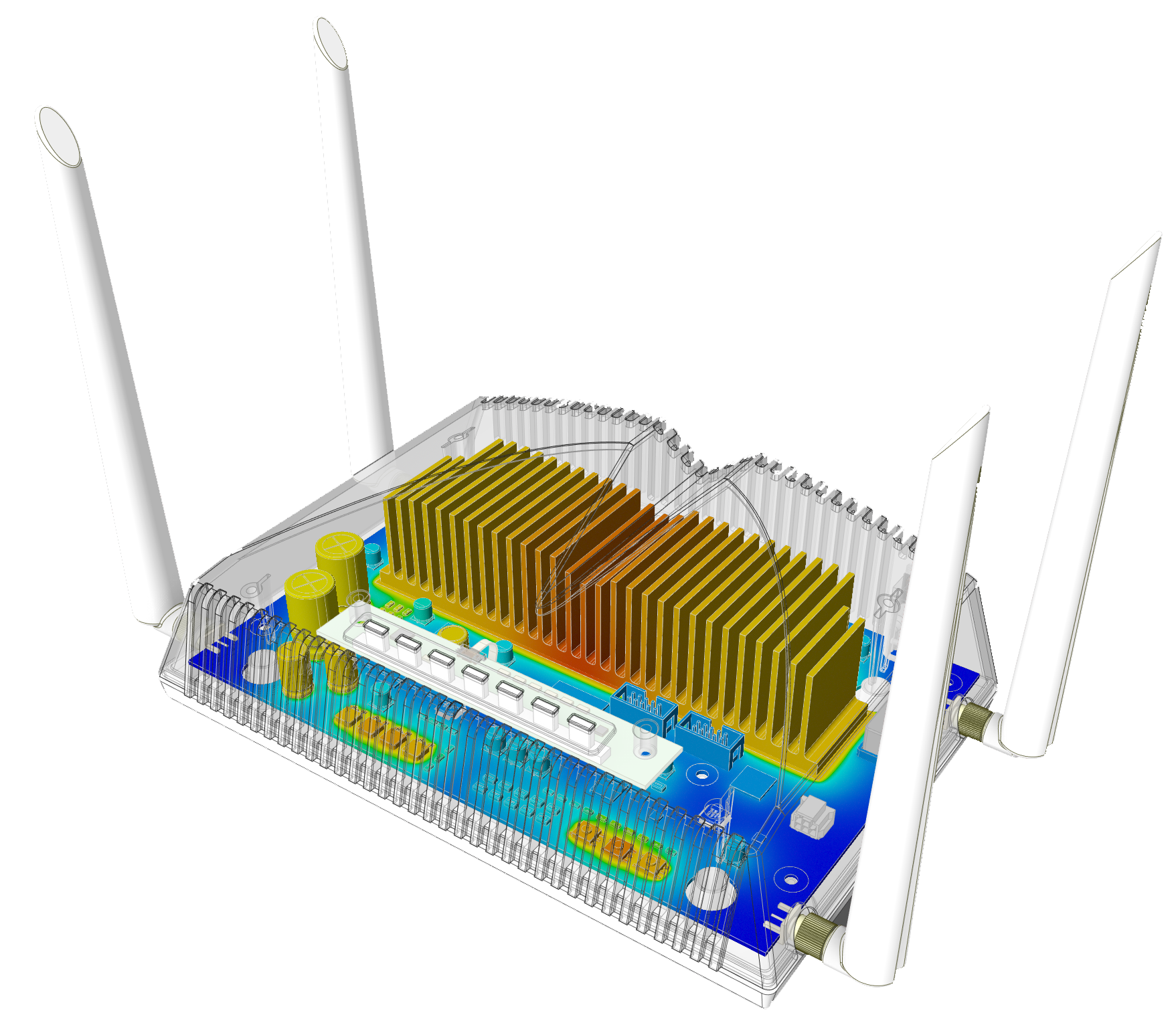Material Charging and Discharging Modeling Build into Ansys Discovery
Specialized electromagnetic simulation tool designed for analyzing electrostatic discharge (ESD) and transient electrical phenomena in electronic systems, including charging and plasma phenomena. This software utilizes time-domain solvers to simulate electric arcing in air, surface, and internal charging, particle transport, and dielectric breakdown. It helps assess and manage risks related to excessive charge build-up, which can lead to material degradation, arcing, and electromagnetic interference (EMI) in harsh radiation environments or high-voltage systems. With Ansys Charge Plus embedded in Ansys Discovery, users can seamlessly clean their 3D CAD models, assign material properties, define environments, and mesh models, and run simulations, all through an intuitive user interface.
- Surface and Internal Charging
- Air and dielectric breakdown
- Particle transport, tracing
- Radiation hardening
- Ansys SpaceClaim Included
- Discovery’s Direct Modeler UI
- Supports Ansys HPC
- AGI STK and Ansys EnSight Compatibility
Check out the key features of Ansys Charge Plus
Time-varying plasma environment
Simulations of dynamic plasma conditions affecting electronic systems are enabled, allowing modeling of ionization, electron density variations, and their impact on electromagnetic fields. This capability is crucial for analyzing ESD and plasma-induced effects.
3D particle transport
The movement and interaction of charged particles within electronic systems can be modeled in detail, showing particle trajectories, deposition, and charging effects. This capability is important for assessing contamination, ESD risks, and optimizing mitigation strategies.
Non-linear air chemistry module
Modeling chemical reactions in air under varying conditions such as temperature and pressure is permitted and accounts for complex interactions among species, thereby aiding in simulations of combustion, pollution, and atmospheric chemistry with high accuracy and detail.
Particle-in-cell and continuum fluid simulation
Combining microscopic and macroscopic approaches, Particle-in-Cell (PIC) is employed for modeling individual particle interactions, while continuum fluid simulation is used for analyzing bulk behaviors. This dual approach facilitates analysis across plasma, semiconductors, and fluid dynamics in diverse physical systems.
Radiation hardening
Involves enhancing electronic device resilience against ionizing radiation. It enables easy implementation of radiation shielding and testing of changes in material properties based on required radiation tolerance.
Integrated pre- and post- processing
The Integrated Pre- and Post-Processing streamlines simulation workflows by offering robust tools for model setup, mesh generation, and result visualization.
Analytical timevarying voltage and current source
This capability allows for precise modeling of dynamic electrical inputs that compute signals with user-defined waveforms, frequencies, and magnitudes. It enables simulations of circuits, systems, and electromagnetic devices under varying electrical conditions with high fidelity and efficiency.
Software Sales
If you have any general questions about our Ansys, Moldex3D, Dante, Particleworks, or CF Turbo simulation software (quotation, licensing, training), please contact us using one of the following contact details. Please note that our software is only available to customers from the following countries: Hungary, Slovenia, Croatia, Serbia, Bosnia and Herzegovina, Montenegro, and Macedonia.
sales (at) econengineering.com
+36 1 279 0320

Greg Lipóczi, Dr.
Commercial Director

László Molnár, Ph.D.
Academic & Key Account Representative

Péter Bara
Key Account Manager
East Hungary

János Simon
Key Account Manager
West Hungary


